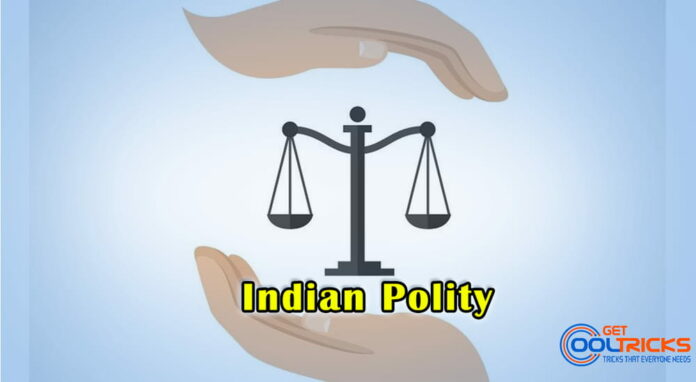A no-confidence motion is a parliamentary procedure through which members of a legislative body, such as a parliament or assembly, express their lack of confidence in the current government or a specific government minister. This motion is brought forward by the opposition parties to challenge the government’s legitimacy and question its ability to govern effectively.
Here’s how a no-confidence motion typically works:
- Proposal: A member of the legislative body proposes a motion stating that they have no confidence in the government or a specific minister. This motion is usually accompanied by a detailed explanation of the reasons for the lack of confidence.
- Debate: The motion is then debated by members of the legislative body. Supporters of the motion present their arguments about why they believe the government is failing to fulfil its duties or is involved in wrongdoing. The government and its supporters counter these arguments.
- Voting: After the debate, a vote is held on the motion. Members of the legislative body cast their votes either in favour, against, or abstain. If the majority of members vote in favour of the motion, it is passed.
- Outcome: If the no-confidence motion is passed, it indicates that the legislative body no longer has confidence in the current government or minister. Depending on the country’s constitution and laws, the government might be required to resign. If the motion fails, the government remains in power.
It’s important to note that the passage of a no-confidence motion can have significant political implications. If a government is unable to secure the support of the majority of the legislative body, it may lead to the formation of a new government, early elections, or other political changes.
The specific rules and procedures for introducing and passing a no-confidence motion can vary from country to country based on their parliamentary systems and constitutional provisions.
HISTORY OF NO-CONFIDENCE MOTIONS IN LOK SABHA
Since Independence, 27 no-confidence motions have been moved.
As history shows, most no-confidence motions have been defeated, with the exception of Prime Minister Morarji Desai’s resignation in July 1979, and the Atal Bihari Vajpayee government’s loss by one vote in 1999.
The most recent motion was moved against the Narendra Modi-led NDA government in 2018 which they survived by 195 votes.


